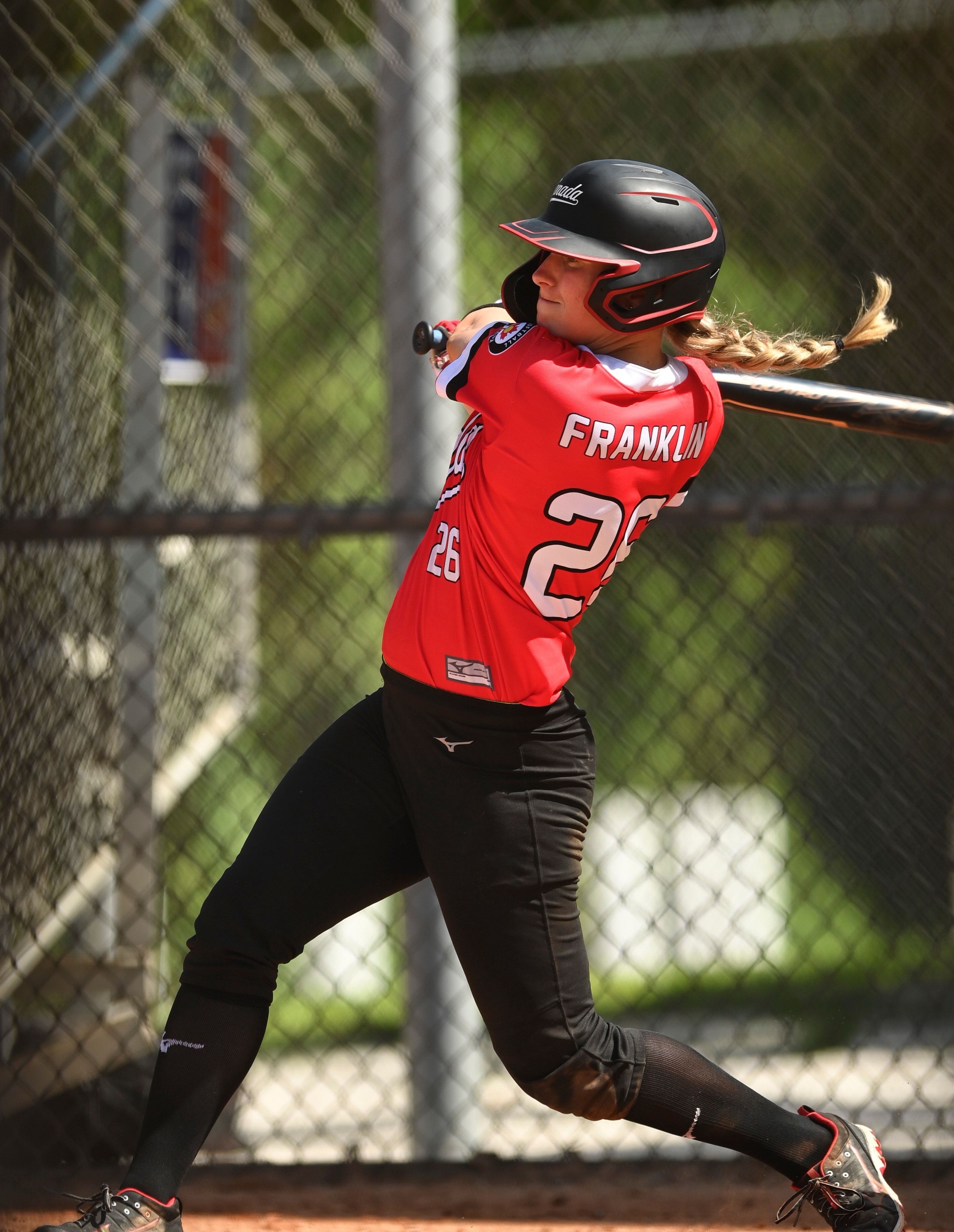CONCUSSIONS
By prioritizing the health and welfare of our members, Softball Canada is able to demonstrate our ongoing commitment to providing safe playing environments at all levels of play.
Bringing awareness to the prevention, recognition and management of concussions ensures softball can become safer for everyone!
What is a concussion?
Any impact to the head, face or neck or a blow to the body which causes a sudden jolting of the head and results in the brain moving inside the skull may cause a concussion.
When should I suspect a concussion?
A concussion should be suspected in any athlete who sustains a significant impact to the head, face, neck, or body and reports ANY symptoms or demonstrates ANY visual signs of a concussion.
What should I do if I suspect a concussion?
If any athlete is suspected of sustaining a concussion during sport they should be immediately removed from play and should not return to the practice or game. The athlete should be referred to a licensed medical professional and follow the concussion protocol before safely returning to play.
All players who are suspected of having a concussion must be seen by a physician as soon as possible. A concussion is a brain injury.
Softball Canada Concussion Champion
 |
"Looking back, being away from the field during my recovery did not impact my Olympic preparation. At the time, I felt like every second mattered, but I know now that a gradual return-to-play was the only way I could get back to the game safely.” - Larissa Franklin, OLY |
The Road to Recovery
"We were in Halifax at a training camp, beginning our last push before the Olympics when it happened.
A ball bounced up, hit my forehead and the brim of my helmet following my swing. Unaware of the initial impact, I continued training. 30 minutes later I took another ball to the side of my face. Both balls a shock, but neither hurt enough to pull myself from practice. It wasn’t until later that night that I thought, maybe there was more to what had happened earlier that day.
I began feeling pressure in my head, but I didn’t want to go to our athletic therapist. I knew even mentioning that I felt the symptoms of a concussion would lead to me not being able to train. We were 6 months from the Olympics, and I felt like every second mattered.
I was right, our athletic therapist immediately performed a concussion test, and I was removed from play. I was incredibly frustrated. I began questioning if I was imagining the symptoms and wasn’t sure how I was supposed to know when I felt “normal”. When someone rolls an ankle or pulls a hamstring it is easier to pinpoint symptoms than when someone sustains a concussion.
Typically, if I have an injury, I try to find something I can do that wouldn’t affect it. When I was in university, I broke my glove hand, so I grabbed a lefty glove from the shed and practiced with it. In this situation, a concussion meant doing nothing. Nothing physical, nothing mental – nothing.
In hindsight, I am grateful I spoke up and told our athletic therapist about my symptoms. Both her and our head coach, Mark Smith had the same goal- to help me understand the importance of a gradual return-to-play strategy and to get me back out on the field safely.
Now I'm an Olympic Bronze Medalist.”






